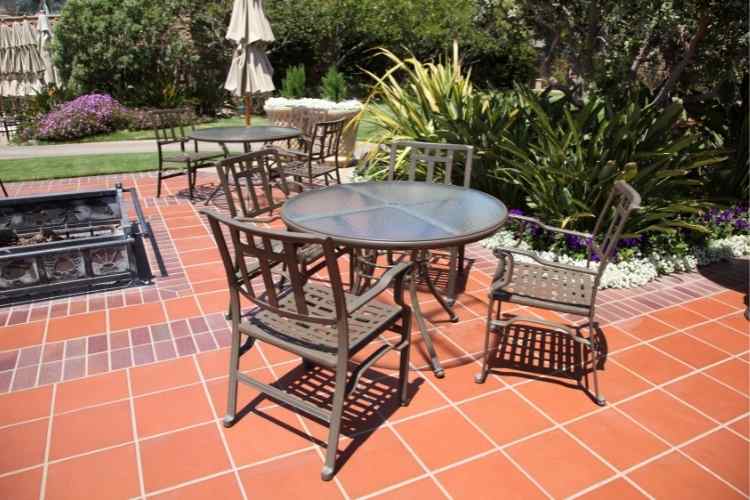You want the same comfort, durability, and visual appeal in your outdoor seating as in your inside seating when shopping for new furniture. The difference is especially noticeable in patio sets, which must be built to endure the outdoors.
It’s crucial to weigh the benefits and drawbacks of your potential materials before making a final decision. Consider how well each option meets the needs of your home or business and your tastes and top priorities while buying outdoor furniture for sale.
Wetness and precipitation.
It’s essential to have furniture that can withstand rain and humidity if you live in a wet climate. Aside from the apparent physical degradation, prolonged damping exposure can pose serious health hazards.
Temperature and Sunlight
Search for outdoor materials that can tolerate these elements to prevent premature deterioration from the sun’s UV rays and temperature swings.
Fading
Many materials lose their original colour and sheen after a prolonged time in the sunlight. These aesthetic shifts might be welcome or unwelcome (in the case of duller colours or more blotchy areas).
Cracking
Temperature change causes noticeable expansion and contraction in some materials. They can fracture, split, distort, or become brittle when subjected to severe temperatures or abrupt variations. As an additional problem, dry air can cause furniture to warp and break.
Storing Heat
Additionally, the heat can cause a host of additional organisational issues. Patio furniture left in the sun may grow hot, making it uncomfortable or dangerous to touch. No one wants to risk painful sunburn by sitting on or repositioning a beach chair by the pool.
Wind
If you live in an open and extremely windy place, buy outdoor furniture for sale that is sturdy enough that it doesn’t tip over or blow away. It doesn’t take much to ruin a nice lightweight deck chair or dining table when battling Mother Nature, so it’s best to be cautious than sorry. Otherwise, you’ll need to regularly stow or safeguard your belongings while they’re not in use.
Durability
While certain exterior materials can survive for years in ideal circumstances, others may require replacing every few seasons if they are often subjected to bad weather. Some are designed to last a lifetime without losing their pristine appearance, while others are vulnerable to only the most extreme conditions. Use conditions are another factor that affects longevity. If you use your patio set for a few meals each summer, you won’t put nearly as much strain on it as the sun daybeds that line the pools of high-end hotels and resorts. The durability of the materials used should increase proportionally with the frequency of their application.
Eco-Friendliness
There is a general understanding among consumers today that manufacturing and the materials used to make products impact the environment, even if they are unaware of the specifics. When given a choice, most people would instead make eco-friendly choices. The good news is that most high-end outdoor furniture companies are now using “green” manufacturing processes and eco-friendly materials.
Cost
All but oblivious individuals consider how much money they will save or spend when making a furniture purchase. You should stick to your financial plan, but it’s also essential to consider materials’ long-term costs and benefits. How often will it need to be replaced? Does it feel like a lot of work to keep up? These are essential expenses to factor into your decision-making process, yet they are frequently forgotten.


